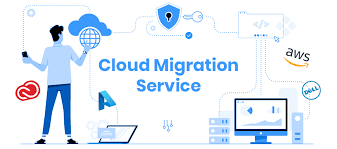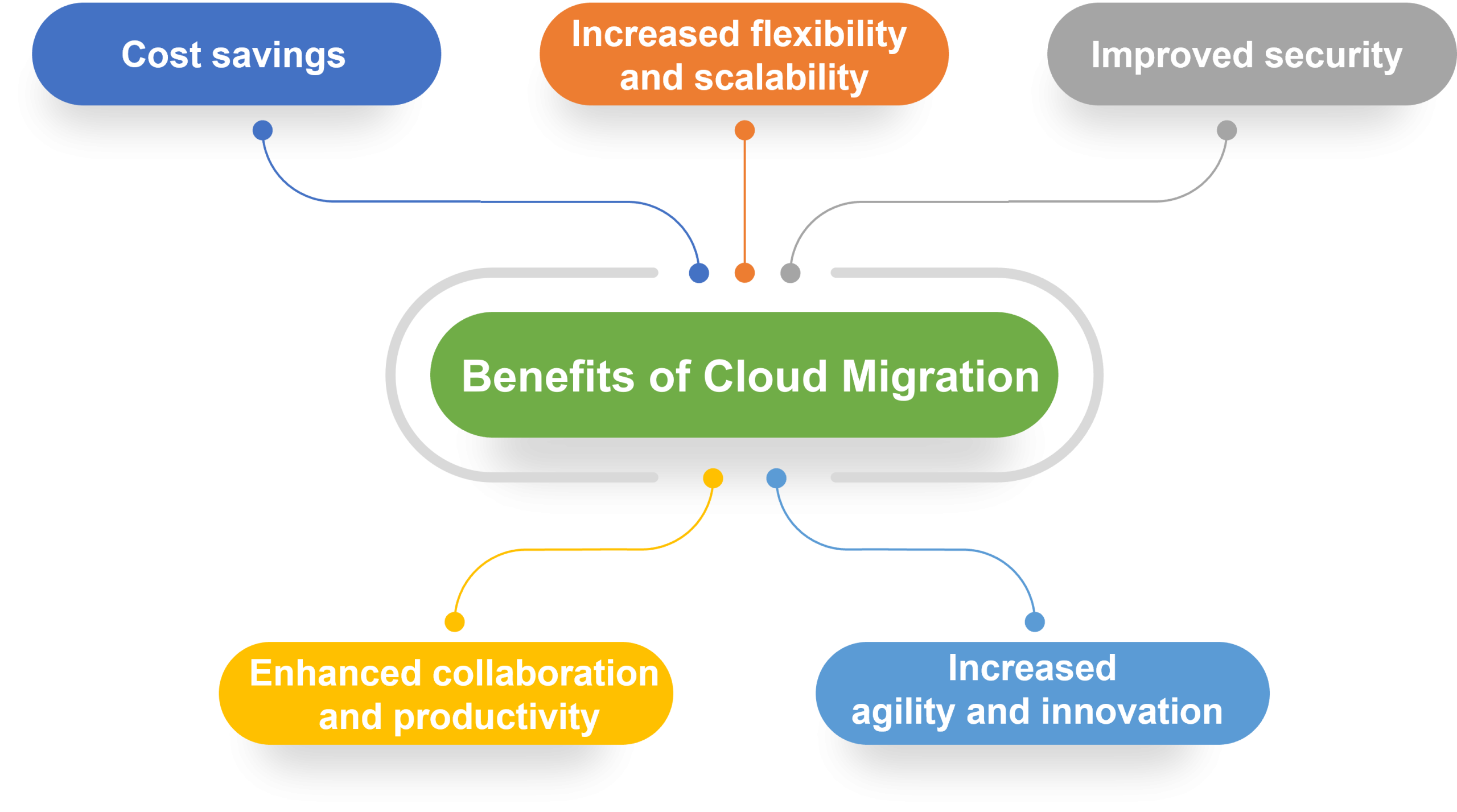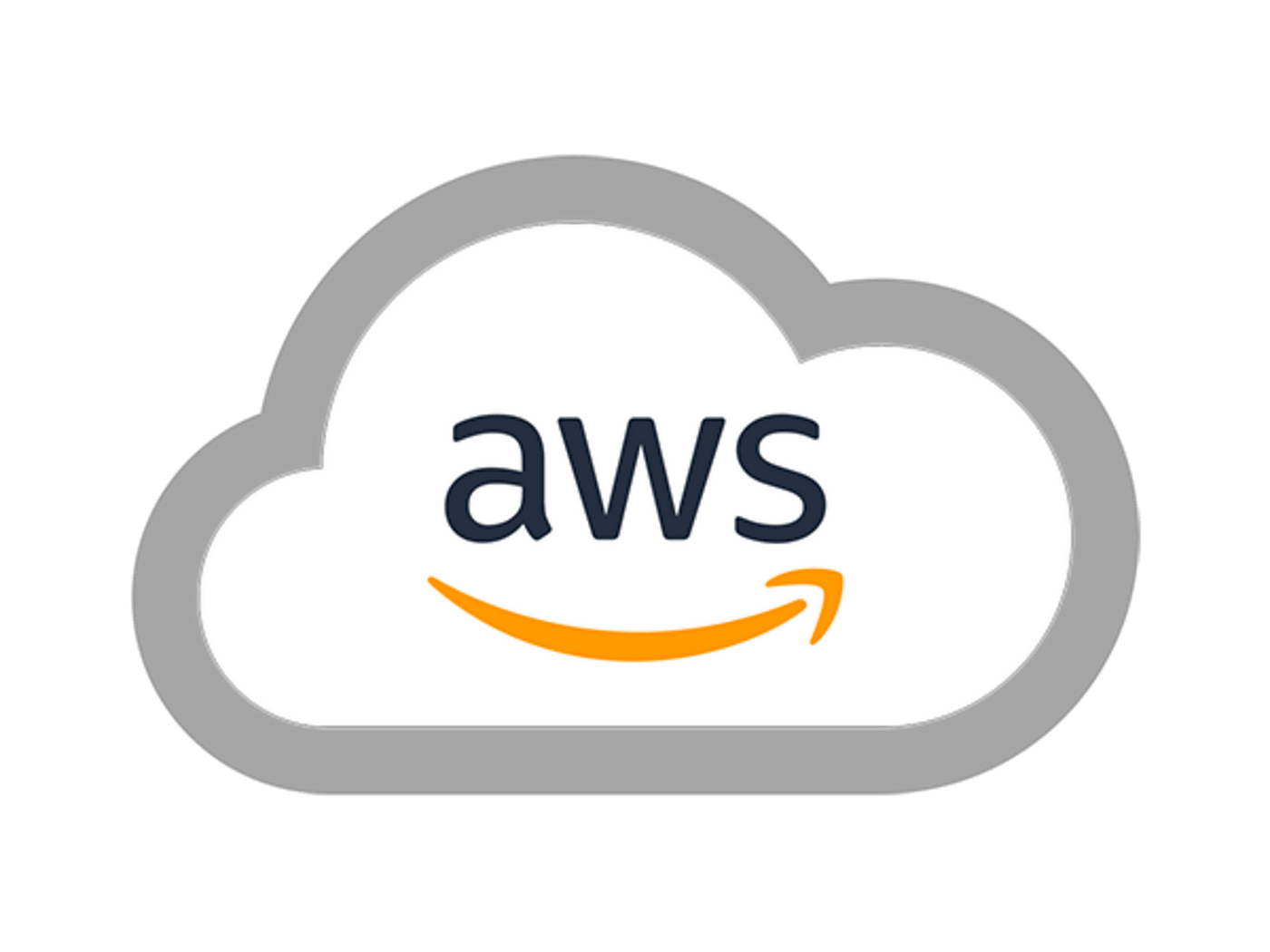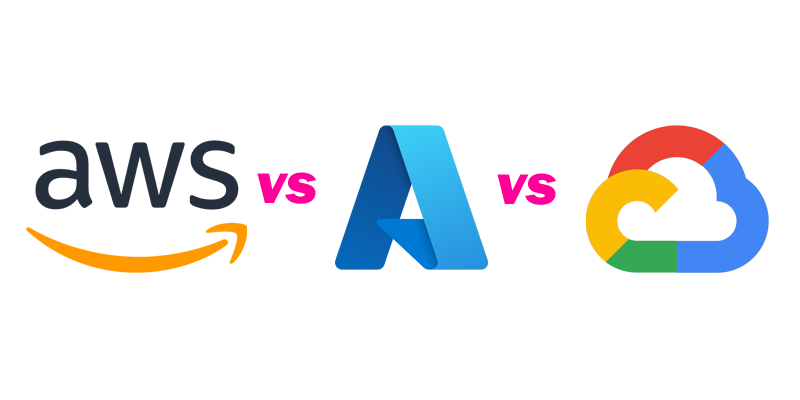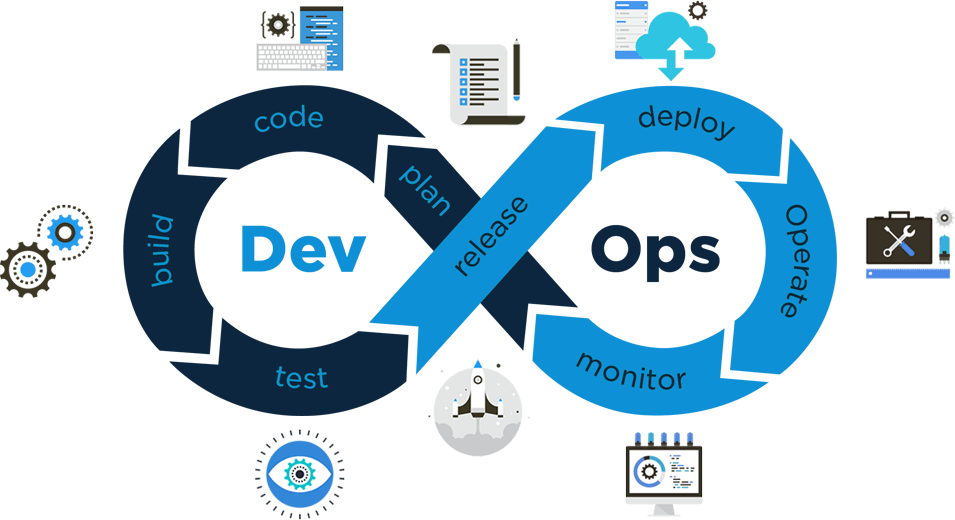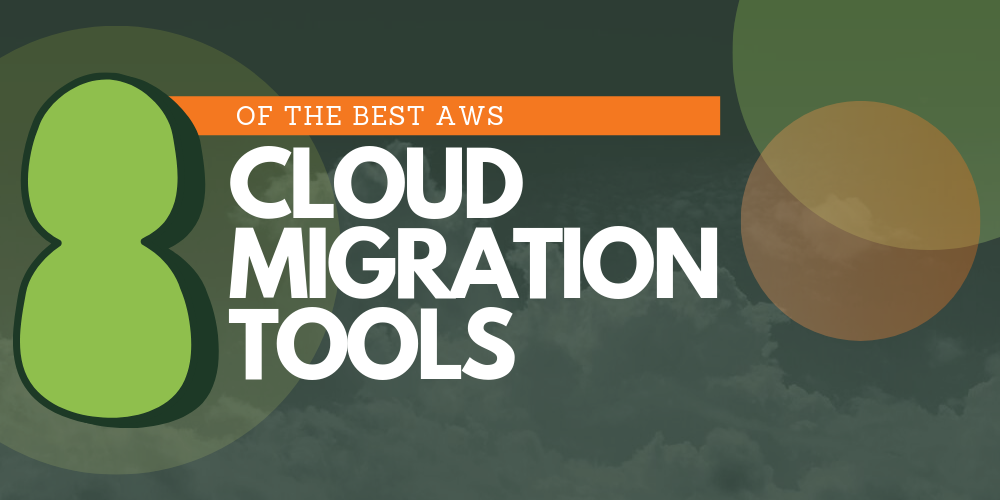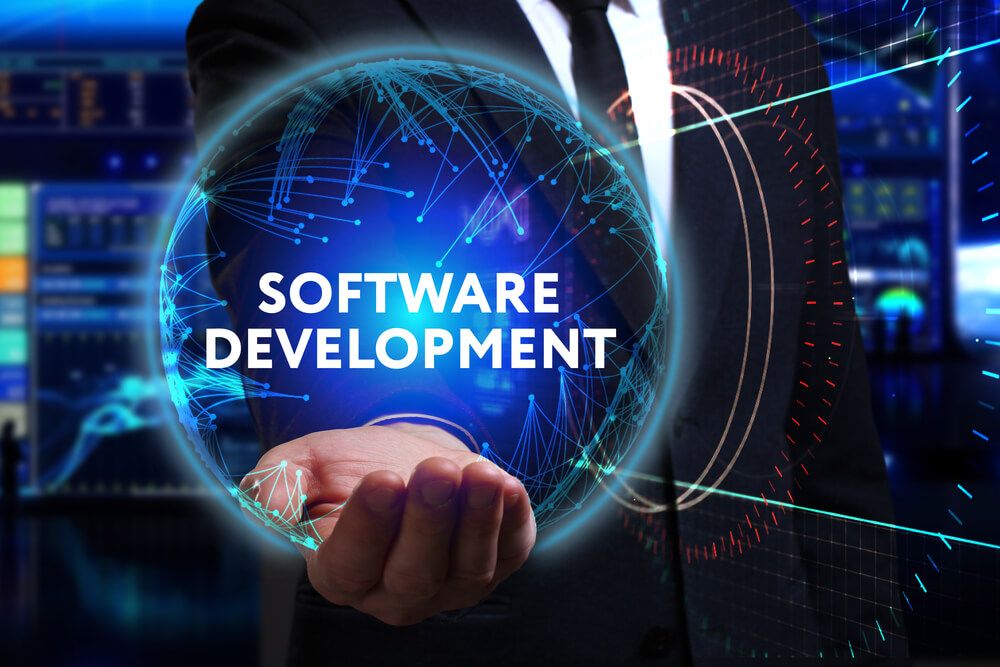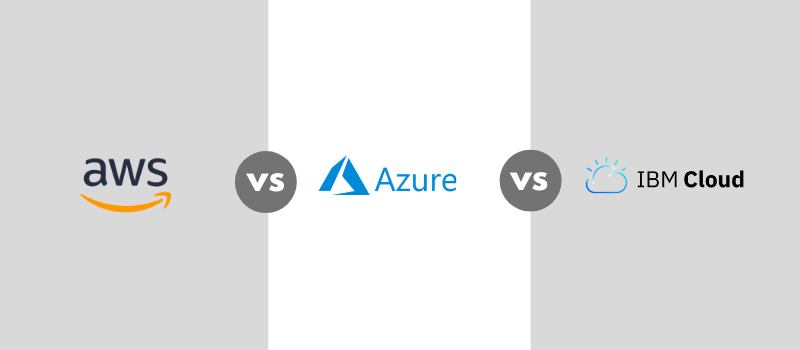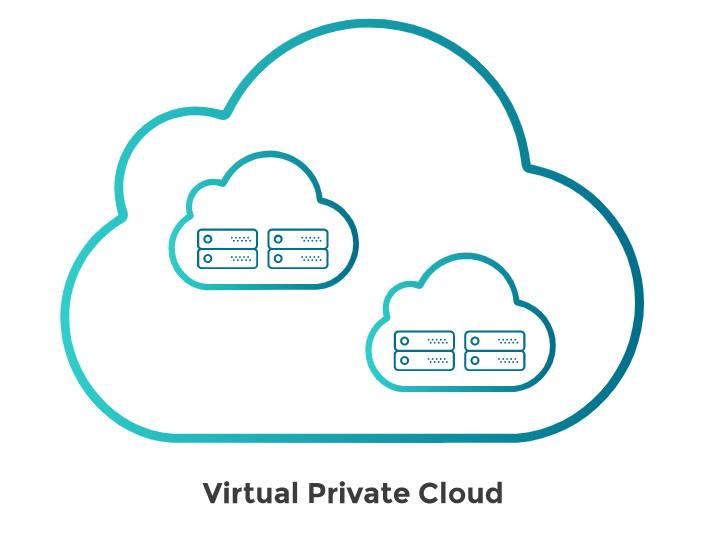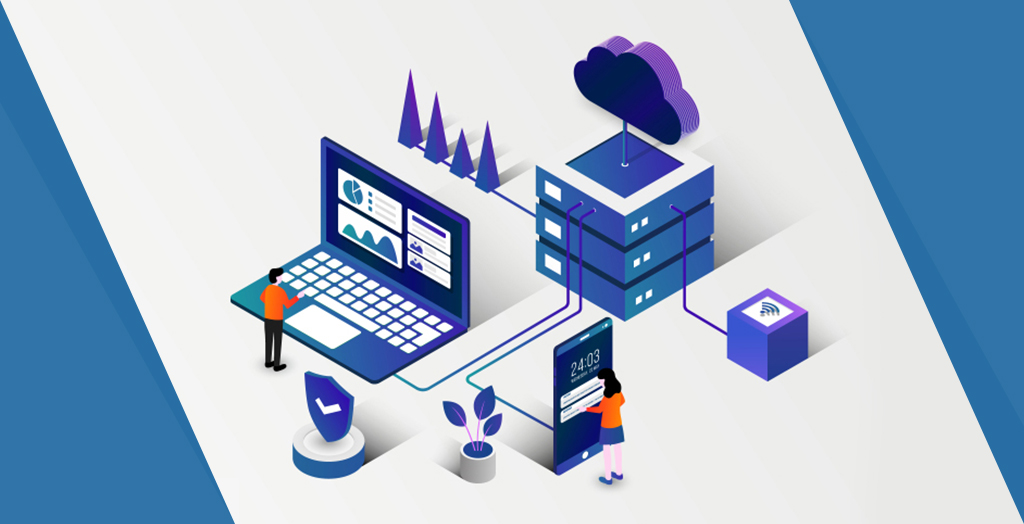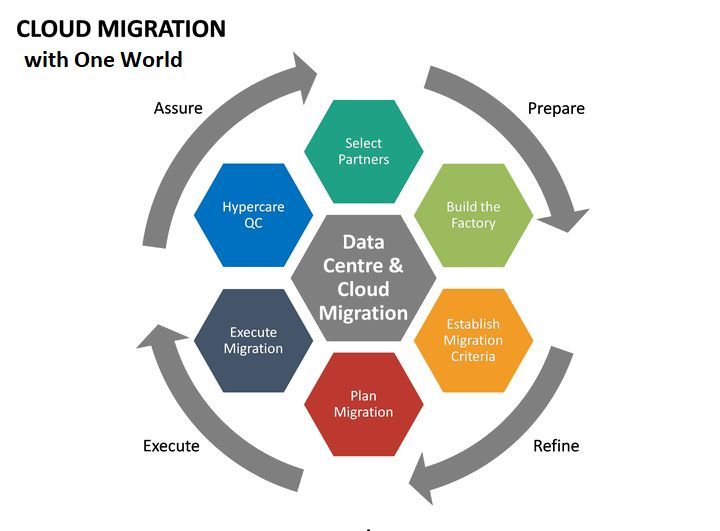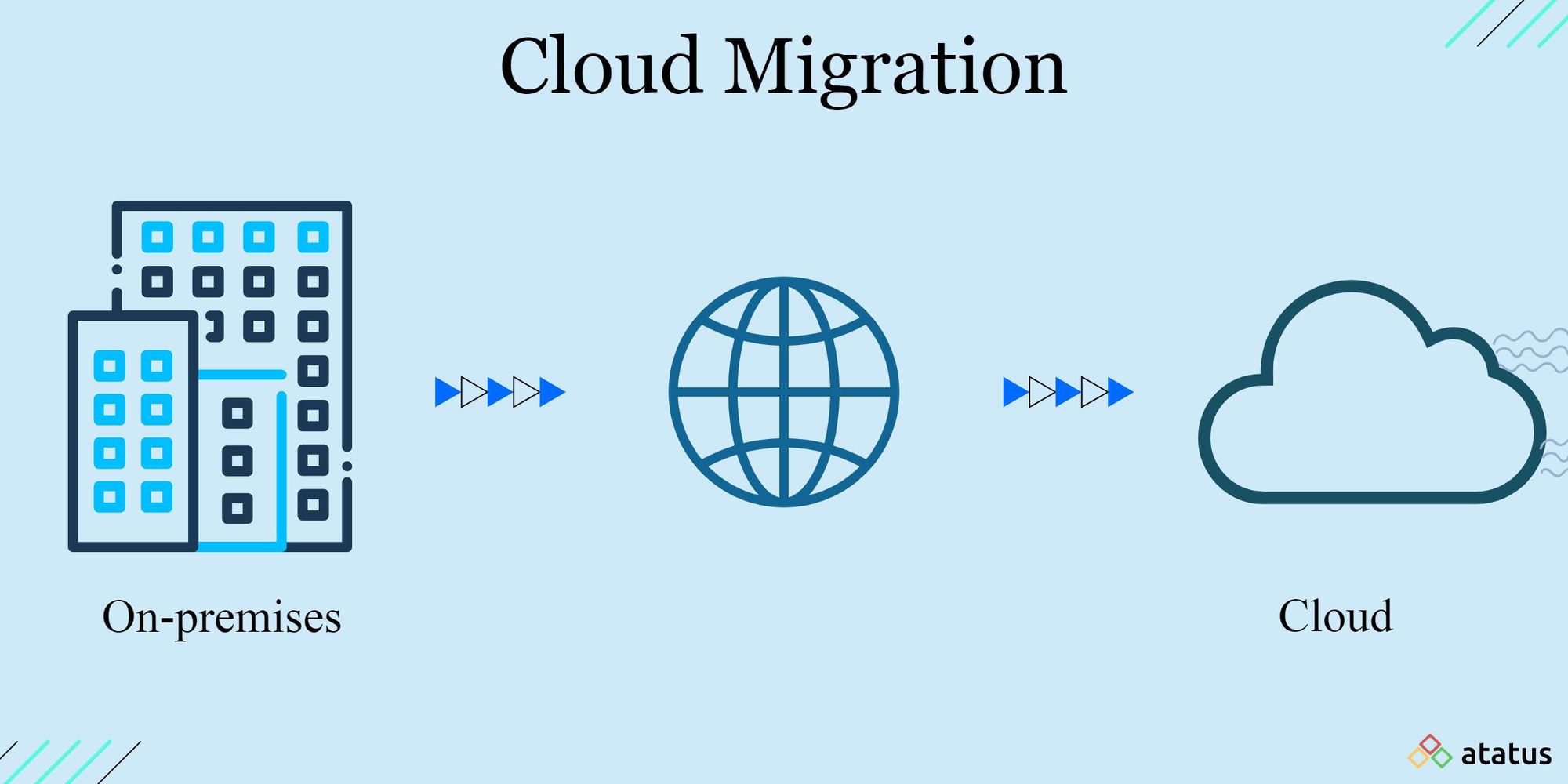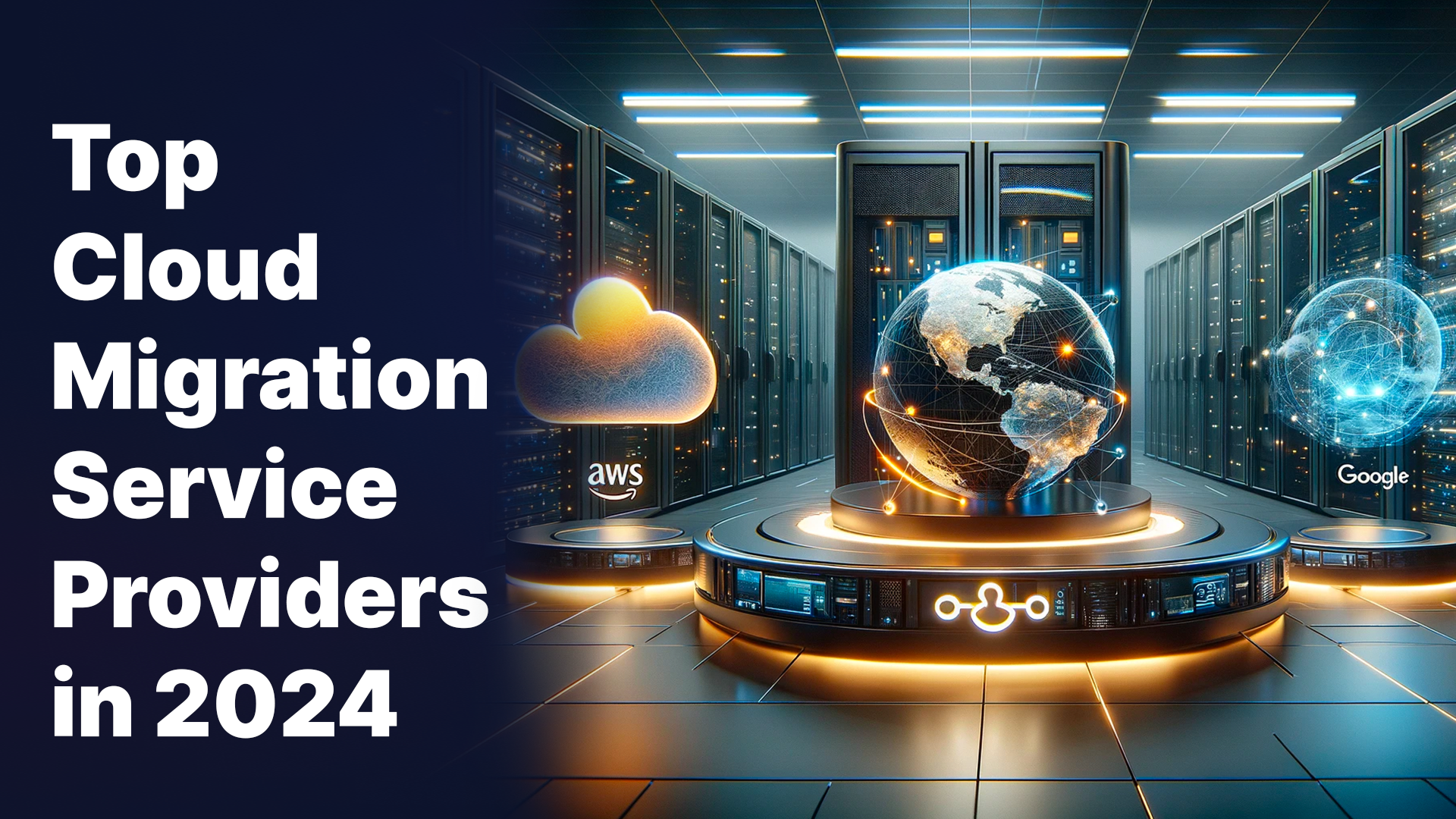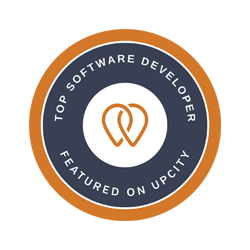Migrating On-Premises Databases to AWS: Step-by-Step Process
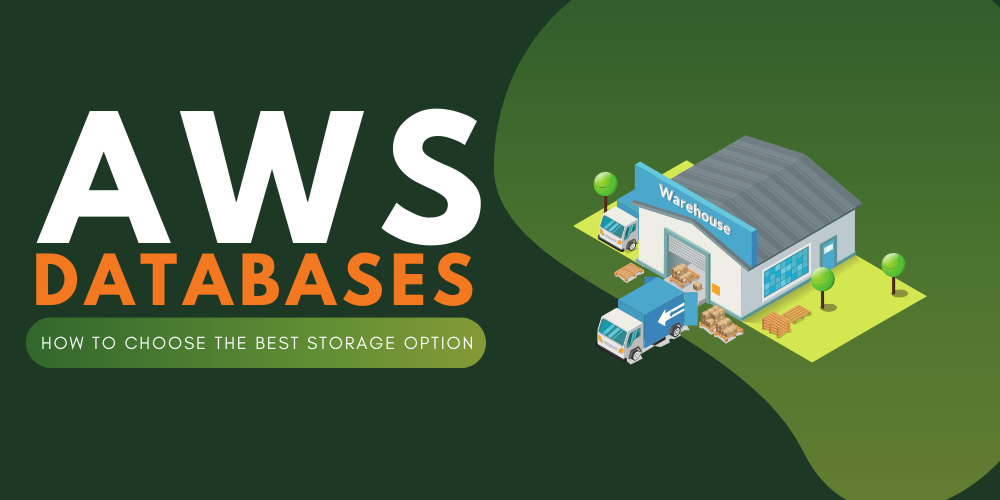
Introduction:
AWS data migration from on-premise to cloud environments has increasingly become a standard procedure for entities aiming to capitalize on the scalability, adaptability, and cost-effectiveness provided by cloud service providers such as Amazon Web Services (AWS). Nevertheless, the process of transferring databases can be challenging, demanding meticulous planning and flawless execution to guarantee a seamless shift while minimizing interruptions and safeguarding data integrity.
Within this blog, we aim to guide you systematically through the procedure of migrating on-premises databases to AWS. Regardless of whether you’re moving a modest database or a substantial, pivotal database, adhering to these outlined steps will facilitate a successful migration journey.
Step 1: Evaluation and Strategic Planning
The initial phase of transitioning your on-site databases to AWS involves in-depth evaluation and strategic planning.
This encompasses several pivotal tasks:
- Database Inventory: Start by pinpointing all the databases slated for migration. Capture details like their volume, category, and interdependencies to grasp the intricacies of the migration endeavor.
- Performance Benchmarking: Gauge the performance metrics of your existing on-site databases to set a performance benchmark for post-migration comparison. This aids in spotting potential performance enhancements or regressions following the migration.
- Financial Assessment: Compute the anticipated expenses of hosting your data migration from on-premise to AWS databases, factoring in elements like storage, computational resources, and data transmission charges. This financial evaluation assists in formulating a realistic budget for the migration initiative and subsequent operations.
- Migration Blueprint: Formulate a detailed migration blueprint that explains the strategy, tools, and timeframe for migrating each database. Look for variables such as migration techniques, permissible downtime, and contingency plans to facilitate a seamless migration experience.
Step 02: AWS Environment Configuration
To initiate the transition of your data migration from on-premise to AWS, the groundwork of your AWS environment must be laid out meticulously.
This phase encompasses the subsequent tasks:
- AWS Account Creation: Should you not possess an existing AWS account, navigate to aws.amazon.com to register. This action grants you entry to the AWS Management Console and the comprehensive array of AWS services pivotal for the migration endeavor.
- VPC and Subnet Configuration: Formulate a Virtual Private Cloud (VPC) to segregate your database environment. Concurrently, tailor subnets to delineate your resources proficiently. Such structuring bolsters the security and systematic organization of your AWS database landscape.
- EC2 Instance Deployment: Allocate EC2 instances to function as the destination setting for your transplanted databases. Factor in the specifics of instance types and dimensions, aligning them with your performance and scalability criteria to guarantee peak operational efficacy following the migration.
- Security Group and IAM Role Definition: Inaugurate security groups to oversee both incoming and outgoing traffic flows to your databases. Furthermore, craft IAM roles fortified with the requisite permissions, ensuring a safeguarded and compliant conduit migrates the on-prem database to AWS.
Step 3: Transferring Data to the Cloud
After establishing your AWS framework, you’re ready to transition your data. Utilize the suitable tools and services AWS offers for this critical stage:
- Amazon’s Migration Service for Databases (DMS): Take advantage of Amazon’s DMS, a comprehensive service designed for Migrating On-Premises Databases to AWS while ensuring minimal operational disruptions. Set up both source and destination points, and initiate migration tasks to shift data from your current on-site databases to AWS.
- Schema Transformation Tool (SCT): Employ SCT to adapt your database schema to fit another database system, facilitating smoother transitions between varying database platforms. This utility assists in pinpointing and resolving potential schema conversion challenges before the actual migration.
- Traditional Data Transfer Methods: For more compact databases or specialized scenarios, leverage your database management system’s inherent data export/import functionalities for Migrating On-Premises Databases to AWS. Adhere to recommended protocols for data transfer to uphold data consistency throughout the migration.
Throughout this data transfer phase, several considerations are crucial:
- Ongoing Migration Oversight: Maintain a vigilant eye on the migration process via tools like AWS DMS and other monitoring solutions. Continually watch for any anomalies or discrepancies that might surface during the migration, promptly addressing them to reduce potential operational interruptions and data discrepancies.
- Data Consistency Verification: Confirm the accuracy and completeness of the relocated data by comparing the source and destination databases. Conduct meticulous data validation exercises to ascertain that the data has been migrated to AWS both precisely and comprehensively.
Step 4: Application Transition
Following the successful migration of your data to AWS, the subsequent phase involves transitioning your applications to operate with the newly deployed AWS-backed databases.
This phase encompasses:
Adjusting Connection Parameters: Alter the connection parameters within your applications to direct them towards the updated AWS database endpoints. Refine application settings and configurations to guarantee uninterrupted connectivity with the relocated databases.
Assessing Application Operation: Execute comprehensive evaluations of your applications to verify their proper functionality alongside the migrated databases. Engage in functional, performance, and integration assessments to pinpoint and rectify any potential compatibility challenges or performance constraints.
Evaluating Performance: Supervise the operational performance of your applications within the AWS ecosystem utilizing AWS CloudWatch or alternative monitoring solutions. Fine-tune application settings and database query mechanisms as needed to achieve peak performance and enhance the overall user experience following the migration.
Step 5: Enhancement and Surveillance After Migration
After smoothly migrating on-premises databases to AWS and ensuring your applications are operational, the subsequent phase focuses on refining and overseeing your AWS infrastructure for sustained performance and economical operation.
This phase encompasses:
Refinement of Database Parameters: Adjust and fine-tune your database parameters and configurations to enhance efficiency and curtail expenses. Deploy caching
mechanisms, indexing strategies, and query optimization methodologies to bolster the database’s efficiency and responsiveness within the AWS ecosystem.
Institution of Surveillance and Notification Systems: Deploy surveillance and alerting mechanisms to detect and rectify any potential glitches or performance issues. Set up alert systems and notification channels to promptly inform your team about emerging issues or irregularities within the AWS setup, facilitating swift corrective actions.
Routine Data Backups and System Maintenance: Instate consistent backup protocols and maintenance schedules to uphold the dependability and accessibility of your databases. Coordinate automated backup sequences, execute regular upkeep procedures, and establish contingency measures to safeguard your data and applications against unforeseen data discrepancies or operational interruptions.
Conclusion:
Migrating on-premises databases to AWS presents intricate challenges. Nevertheless, with meticulous foresight, groundwork, and precise implementation, one can transition databases to the cloud seamlessly, minimizing operational disruptions and data integrity risks. Adhering to the detailed roadmap provided in this article can facilitate a smooth migration experience, enabling organizations to harness AWS’s advantages for enhanced performance, adaptability, and cost-effectiveness.
It’s crucial to recognize that every migration scenario carries its distinct nuances. Therefore, it’s imperative to customize your migration strategy to align with your organization’s unique needs and limitations. You shouldn’t encounter obstacles or complications throughout the migration journey, which is why keep seeking assistance from AWS or engaging with a reputable AWS consultant to guarantee a triumphant migration outcome.
FAQs:
What are the steps involved in migrating an on-prem database to AWS?
Certain steps need to be followed to move a data migration from on-premises to AWS. These include evaluating the current database, choosing the most suitable AWS database service, creating an appropriate environment in the AWS platform, getting data ready for transfer operations; and adopting tools such as Amazon’s Database Migration Service or other alternatives for effectuating migration is essential. The final phase of optimizing costs and maximizing performance requires validating that all migrated information has been correctly assimilated within your new system configuration while maintaining efficient functionality at a minimal cost.
How can I migrate an on-premise SQL database to AWS RDS?
Assess the on-premises SQL database before migrating it to AWS RDS. Select an appropriate RDS database engine that matches your requirements and set up the instance accordingly. Prepare the data, migrate using manual methods or utilizing the AWS DMS toolset, and perform thorough validation of migrated data. Finally, optimize RDS instance settings by prioritizing cost-efficiency while ensuring optimal performance levels for ideal functionality.
Can you outline the on-premise to AWS cloud migration step-by-step process?
To do AWS data migration from on-premise to the cloud, a systematic approach involves conducting an inventory and assessment of existing resources, designing the desired AWS infrastructure, and configuring the environment appropriately. Following this setup phase, you migrate data via tools such as AWS DMS before migrating applications using rehosting- moving without making changes-, the application is moved with some modifications being made refactoring -rebuilding code for deployment in a new platform-. You can then test within your newly created AWS environment before implementing ongoing monitoring and optimization practices.
What are the four phases of cloud migration typically?
There are four stages involved in cloud migration. The first phase, Assessment and Planning, involves evaluating the current infrastructure and devising strategies for migrating accordingly. In the second stage, Design and Architecture come into play as there is a need to create suitable models to support the new cloud environment. The third step requires Migration Execution where applications, data, and infrastructures undergo relocation using specific tools or approaches; after this stage comes Optimization & Management which involves carefully monitoring resource optimization procedures while also ensuring consistent management practices throughout implementation.
